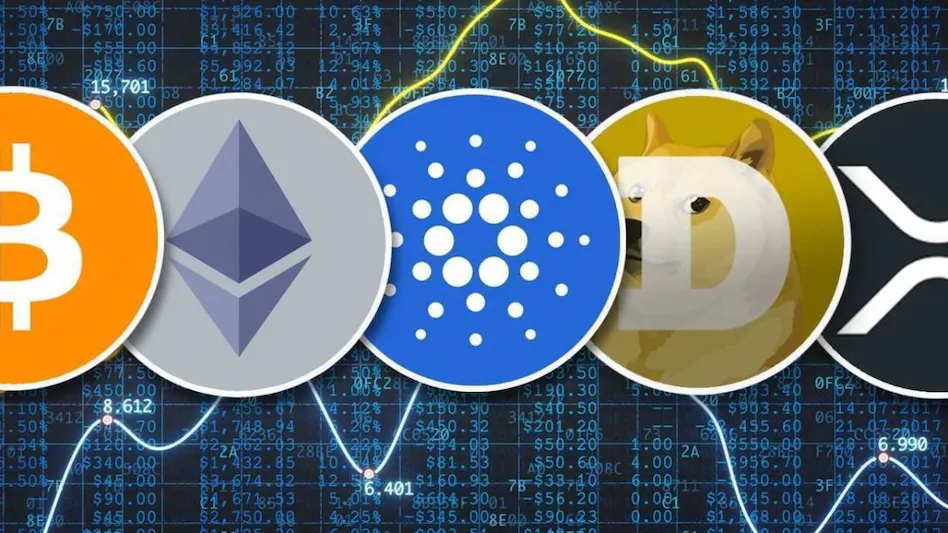What If Tokenized Real Estate Is Just Hype? A Hypothetical Breakdown of RWA Risk
Tokenized real estate sounds exciting: fractional ownership, global access, blockchain-secured trades. But let’s press pause because it also got real estate RWA risk.
Before you buy in, ask yourself:
What if it doesn’t go the way we think it will?
What if all that buzz about tokenizing real-world assets (RWAs) in property turns out to be more flash than substance?
Let’s walk through some realistic “what-if” scenarios to better understand the real estate RWA risks lurking beneath the surface.


1. Real Estate RWA Risk : What if investors treat tokenized real estate like crypto?
Imagine this: a token tied to a Miami condo shoots up 40% in a month. Social media lights up. Everyone wants in. But unlike meme coins, that condo still has a leaky roof, pending zoning issues, and a tenant who hasn’t paid rent in three months.
The Risk:
Speculative behavior could inflate prices beyond the property’s true value. Then reality hits—and when it does, early investors might run, leaving everyone else holding the bag.
Lesson:
Real estate is not a fast-moving digital asset. If it’s treated like one, expect volatility—and possibly collapse.


2. Real Estate RWA Risk : What if the platform hosting your tokens disappears?
Now picture this: the platform that manages your real estate tokens shuts down overnight. Not a hack, not a scam—just a business failure. Your tokens still exist on-chain… but what are they worth? Who maintains the building? Who sends your rental income?
The Risk:
Platform dependency is huge. Most tokenized real estate offerings rely on centralized custodians for everything from rent collection to legal enforcement.
Lesson:
Even decentralized tokens depend on centralized entities. If those go dark, your investment could be stranded.
3. What if regulators suddenly change the rules?
Let’s say you invested in a Dubai-based tokenized REIT. A month later, new international regulations label these tokens as unregistered securities. Now your assets are frozen—or worse, illegal to trade.
The Risk:
Lack of unified global regulation means any new law—anywhere—could disrupt your asset’s status, tradeability, or legality.
Lesson:
RWA tokens live in a legal gray zone. That makes them agile for innovation, but also fragile under scrutiny.


4. What if the underlying property crashes in value?
Your real estate token looks great on your digital wallet. But behind it is a real building in a declining neighborhood. Property taxes spike, crime rises, a major employer leaves town. Your token still exists. But its value? Not so much.
The Risk:
Tokenization doesn’t insulate you from market fundamentals. You still own part of a real asset in a real place.
Lesson:
Real estate is location-sensitive, time-sensitive, and subject to local forces no blockchain can fix.
5. What if you misunderstood what the token actually gives you?
You thought you owned part of a building. Turns out, you bought a share in a limited partnership with no voting rights, no dividends, and no clear legal recourse if things go wrong.
The Risk:
Token structures vary wildly. Some are equity. Others are debt. Some give rights. Others don’t. And unless you read the fine print, you might not know which is which.
Lesson:
If the token’s structure is opaque, the risk isn’t just financial—it’s legal.
6. What if tokenization really works—but not for retail investors?
Imagine tokenized real estate becomes standard—but mainly for institutional players. Big funds use blockchain for efficiency and cross-border deals. Meanwhile, retail investors get locked out by new compliance requirements or minimum thresholds.
The Risk:
Retail accessibility may just be a marketing phase. Once the big money moves in, the early open-door model might vanish.
Lesson:
The revolution could arrive—but leave small investors behind.
7. What if it really is the future—but just not yet?
Maybe everything about tokenization makes sense: faster transactions, fractional ownership, borderless access. But adoption is slow. Trust takes time. Regulation takes longer. Platforms come and go.
The Risk:
You might be right about the future—just too early to benefit from it.
Lesson:
Being early feels smart… until you realize you’re also the test case.
Final What-If: What if we’re asking the wrong question?
Maybe it’s not whether tokenized real estate is hype or hope.
Maybe it’s this: What does tokenization actually fix—and what problems does it just digitize?
At the end of the day, tokenization can modernize access. But it won’t erase the messiness of real-world investing. Roofs still leak. Tenants still miss rent. Laws still vary.
Conclusion: Hope, Hype, or a Bit of Both?
If you’re exploring tokenized property, don’t just ask what is it?
Ask what could go wrong, and am I okay with that?
Because in real estate—tokenized or not—risk doesn’t vanish. It just changes shape.
Relevant Link : Tokenized Real Estate vs Reality: 7 Key Truths About RWA Risk



